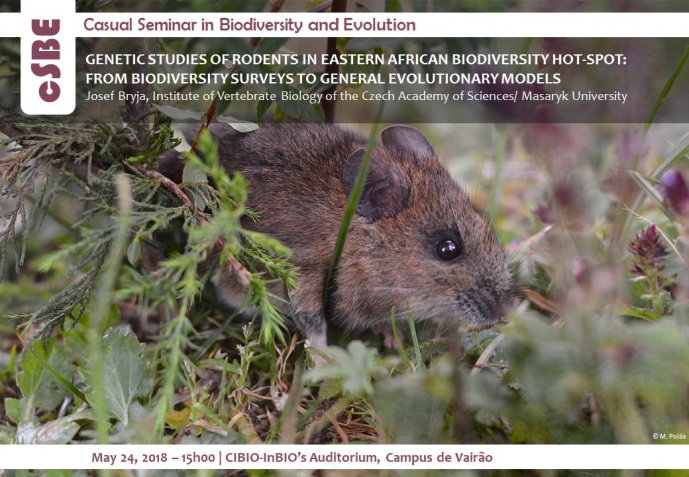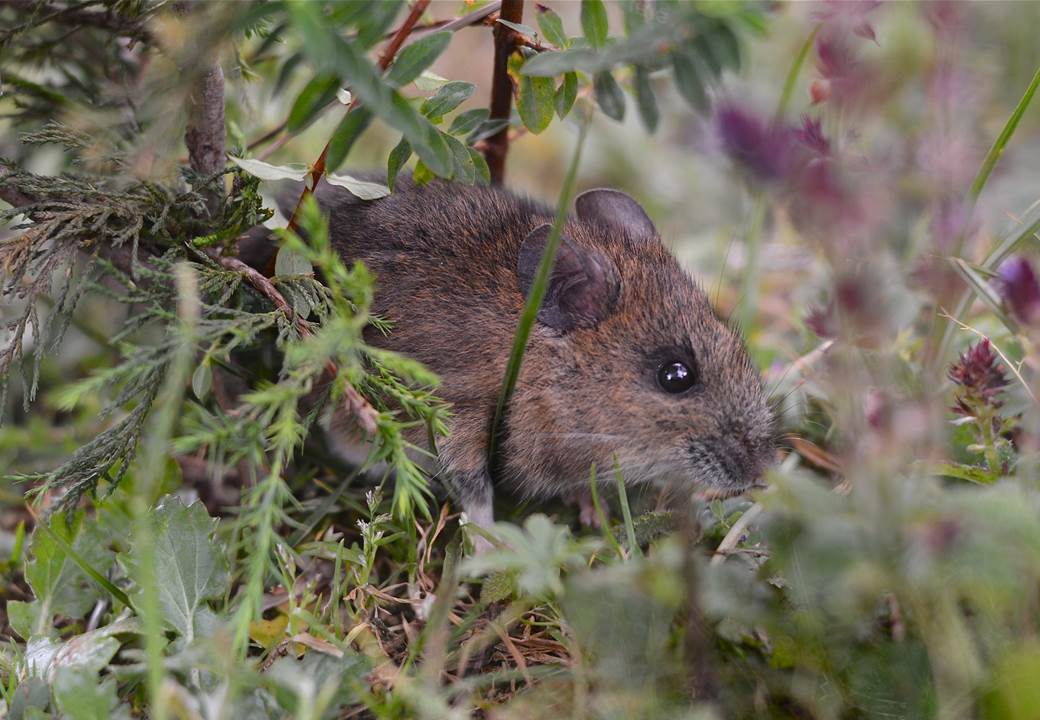GENETIC STUDIES OF RODENTS IN EASTERN AFRICAN BIODIVERSITY HOT-SPOT: FROM BIODIVERSITY SURVEYS TO GENERAL EVOLUTIONARY MODELS

CASUAL SEMINAR IN BIODIVERSITY AND EVOLUTION

Zambezian, Somali-Masai and Ethiopian biogeographical regions form a wide belt around the Congo Basin from Angola to Ethiopia. They are dominated by savannahs and woodlands, but there are also the highest African mountains. Genetic structure of animals living in eastern Africa has been relatively poorly known and often limited to highly mobile and/or large-sized species of mammals, thus reducing the power of phylogeographical interpretations. Thanks to intensive collection of fresh samples of small mammals in the last decade, it is now possible to use the comparative phylogeographic approach to assess the role of past climate and geomorphology on evolution of biodiversity in various ecosystems. By analyzing genetic data of widespread rodents living various habitats, we were able to identify the most important factors responsible for their Plio-Pleistocene evolution. Besides numerous implications for the taxonomy of African rodents and prioritization for biodiversity conservation, we also detected several interesting secondary contact zones that will serve as models for speciation studies of rodents, but also for other organisms associated with them, especially the host-specific parasites.
Josef Bryja is head of molecular ecology group at the Institute of Vertebrate Biology of the Czech Academy of Sciences and associate professor at Faculty of Science, Masaryk University in Brno, Czech Republic. His main research interests include various aspects of biodiversity evolution, phylogeography, speciation and host-parasite co-divergence. His most favorite animal models in the last decade are rodents and shrews in sub-Saharan Africa.
[Host: Zbyszek Boratynski, Biodiversity of Deserts and Arid Regions]
Image credits: M. Polák